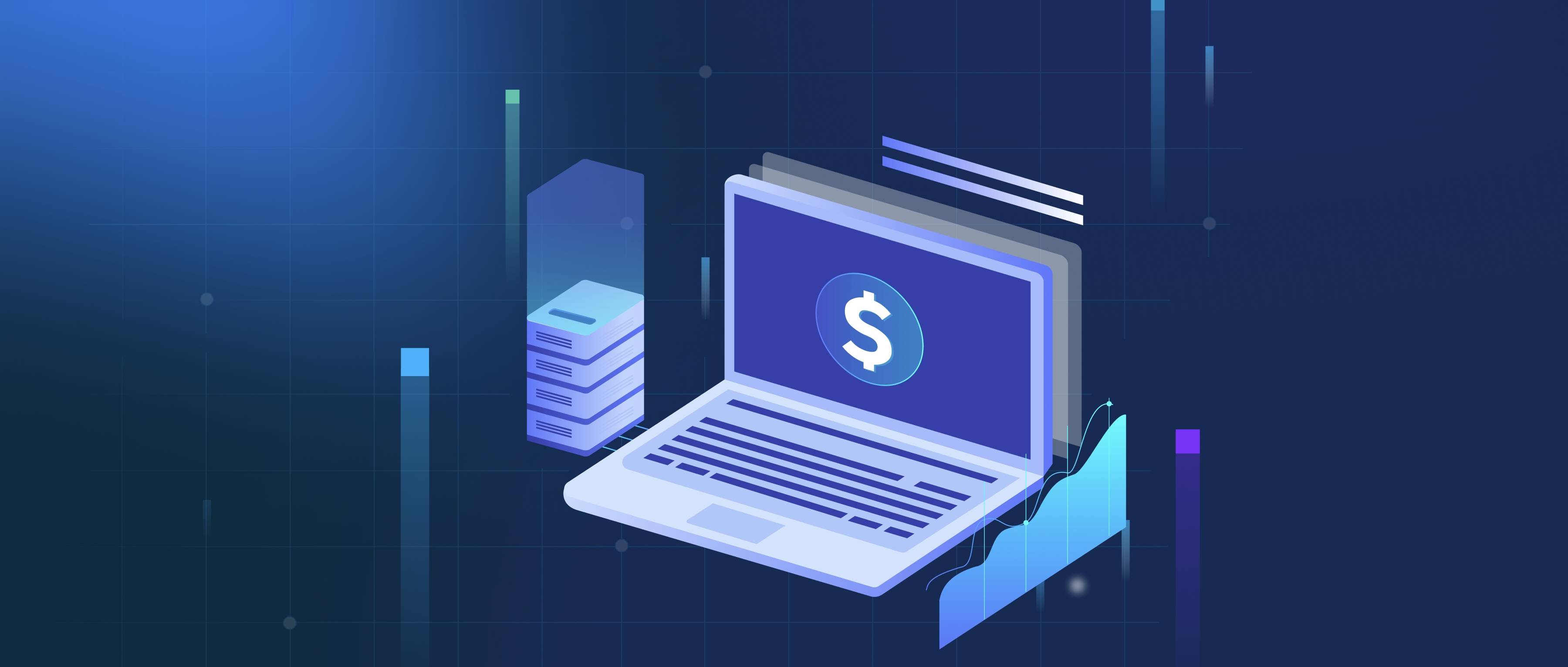The future of OCR lies in improved accuracy, adaptability to diverse languages and formats, and integration with AI systems for broader applications. Modern OCR engines are moving beyond recognizing printed text to accurately interpreting handwriting and complex document layouts. One key development is OCR's ability to understand context. Future systems will combine OCR with natural language processing (NLP) to extract structured information from unstructured documents. For example, it can identify key fields in invoices or extract tables from research papers. OCR is also expected to benefit from advances in hardware and edge computing. By running OCR models locally on devices like smartphones or scanners, latency can be reduced, and privacy concerns addressed. This will make OCR more accessible for real-time applications like translation or accessibility tools.
What is the future of OCR (optical character recognition)?

- Mastering Audio AI
- Exploring Vector Database Use Cases
- Retrieval Augmented Generation (RAG) 101
- Getting Started with Zilliz Cloud
- Natural Language Processing (NLP) Advanced Guide
- All learn series →
Recommended AI Learn Series
VectorDB for GenAI Apps
Zilliz Cloud is a managed vector database perfect for building GenAI applications.
Try Zilliz Cloud for FreeKeep Reading
What is the impact of machine learning on modern ETL processes?
Machine learning (ML) enhances modern ETL (Extract, Transform, Load) processes by automating complex tasks and improving
What are value-based methods in reinforcement learning?
Value-based methods in reinforcement learning focus on estimating the value of state-action pairs to determine the best
How do SQL UNION and INTERSECT differ?
SQL UNION and INTERSECT are both used to combine the results of two or more SQL queries, but they serve different purpos